Understand
The Everest region, also known as Khumbu, is a popular tourist destination in Nepal. Spectacular mountain peaks and friendly Sherpas make it a must-visit. While trekking through the mountains can be challenging, there are plenty of places to rest and enjoy a meal along the way. The locals are always willing to help with directions, and many of them speak English fluently. The best times to visit are from March to May and September to November. Winter is extremely cold, while summer brings clouds and rain. April is a great time to see the landscape bloom with vibrant Rhododendrons. To embark on a trek in the Khumbu region, you'll need a TIMS permit and a National Park Entry Fee. Lodges and restaurants only accept Nepalese rupees, and prices vary depending on altitude. Don't forget to visit Sagarmatha Park's official website for more information.
Map & Climate
Popular Foods
 Dish: Dal BhatDal Bhat is the staple meal in Nepal, consisting of steamed rice (bhat) served alongside lentil soup (dal). The dal is cooked with various spices, making it rich, thick, and slightly spicy. The combination of fluffy rice and flavorful dal creates a satisfying and filling culinary experience. Meat is not typically included in this dish, making it predominantly vegetarian.
Dish: Dal BhatDal Bhat is the staple meal in Nepal, consisting of steamed rice (bhat) served alongside lentil soup (dal). The dal is cooked with various spices, making it rich, thick, and slightly spicy. The combination of fluffy rice and flavorful dal creates a satisfying and filling culinary experience. Meat is not typically included in this dish, making it predominantly vegetarian.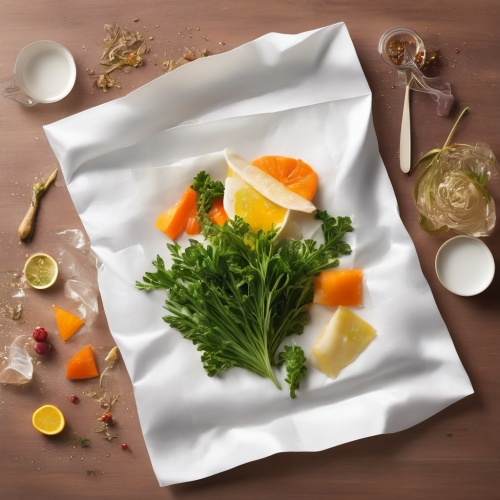 Dish: MomoMomos are dumplings that originated from Tibet but are widely popular in Nepal. They come filled with different ingredients, such as meat (usually chicken, beef, or pork), vegetables, or cheese. The dough is prepared by mixing flour and water, then wrapped around the filling before being steamed or fried. Served hot, momos can be enjoyed as a snack, appetizer, or even a full meal.
Dish: MomoMomos are dumplings that originated from Tibet but are widely popular in Nepal. They come filled with different ingredients, such as meat (usually chicken, beef, or pork), vegetables, or cheese. The dough is prepared by mixing flour and water, then wrapped around the filling before being steamed or fried. Served hot, momos can be enjoyed as a snack, appetizer, or even a full meal.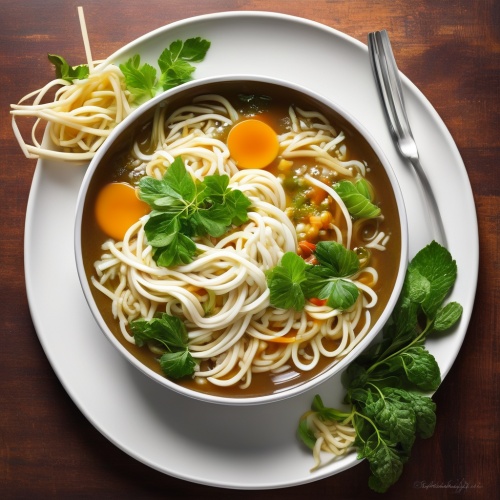 Dish: ThukpaThukpa is a hearty noodle soup that is highly popular in Nepal, particularly among the Sherpa people. It consists of warm broth, handmade noodles, and various toppings, such as meat (usually beef, chicken, or yak), vegetables, and garnishes like cilantro and green onions. Thukpa can be found in both Tibetan and Nepalese restaurants worldwide and is often enjoyed during winter months due to its warming properties.
Dish: ThukpaThukpa is a hearty noodle soup that is highly popular in Nepal, particularly among the Sherpa people. It consists of warm broth, handmade noodles, and various toppings, such as meat (usually beef, chicken, or yak), vegetables, and garnishes like cilantro and green onions. Thukpa can be found in both Tibetan and Nepalese restaurants worldwide and is often enjoyed during winter months due to its warming properties.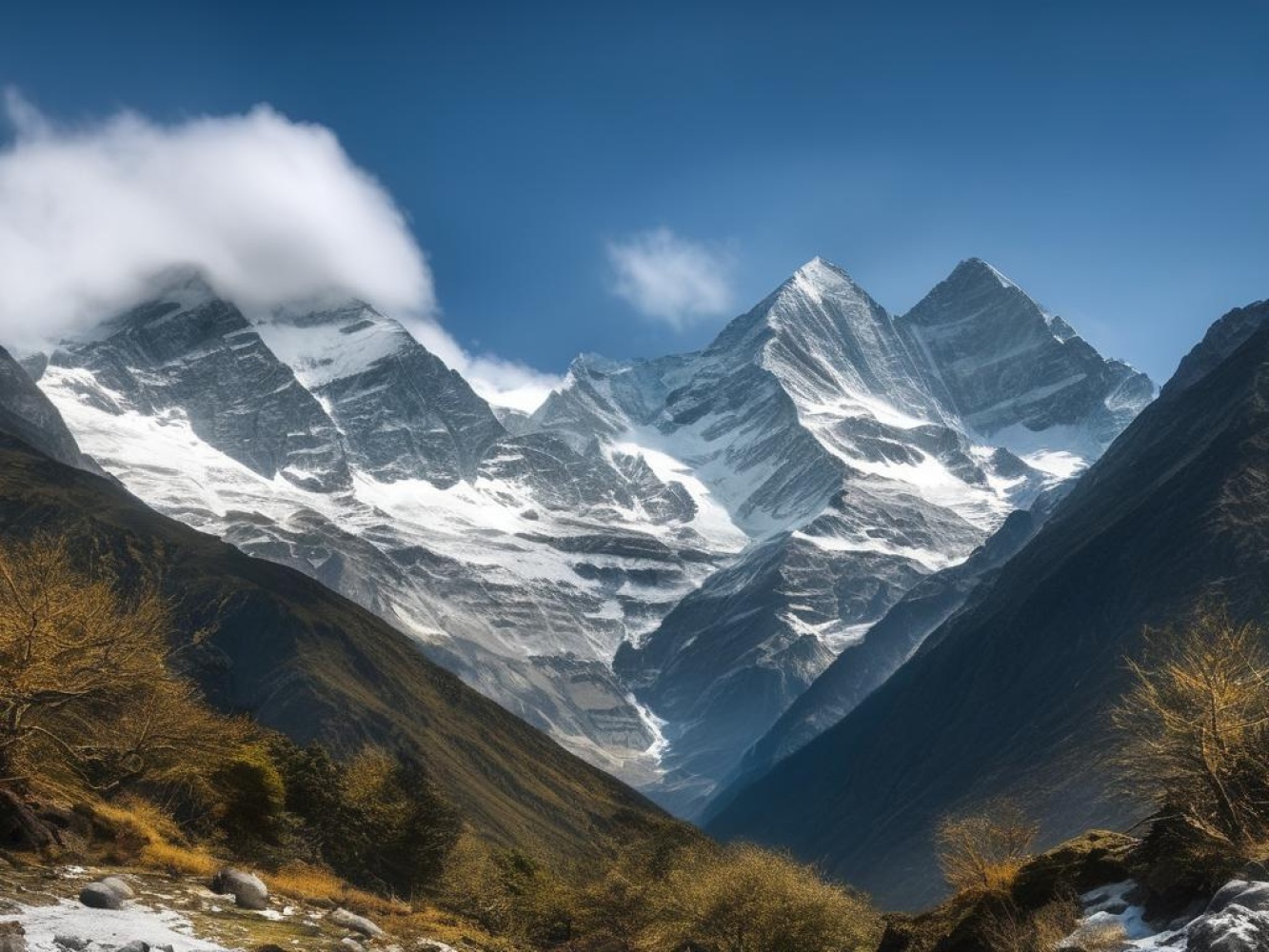
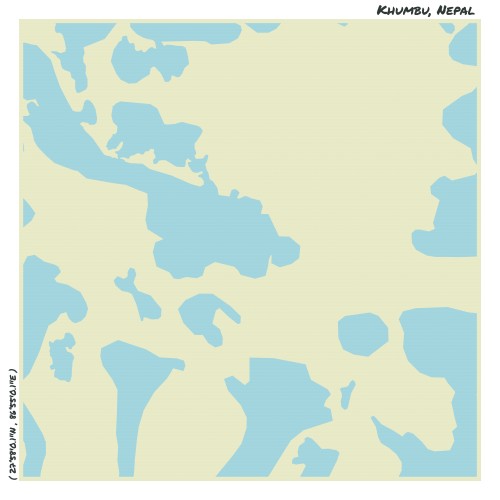
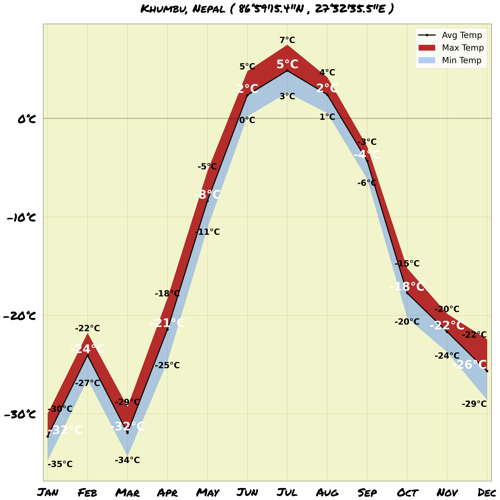
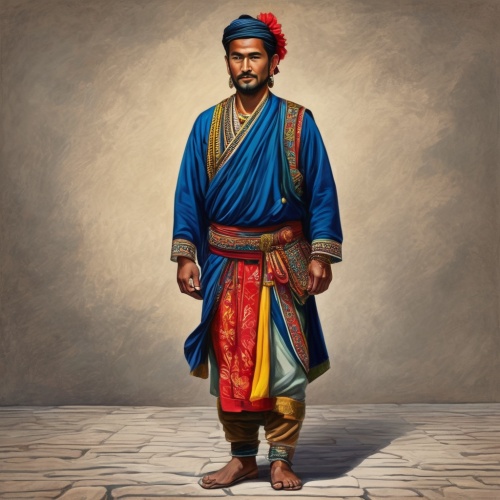
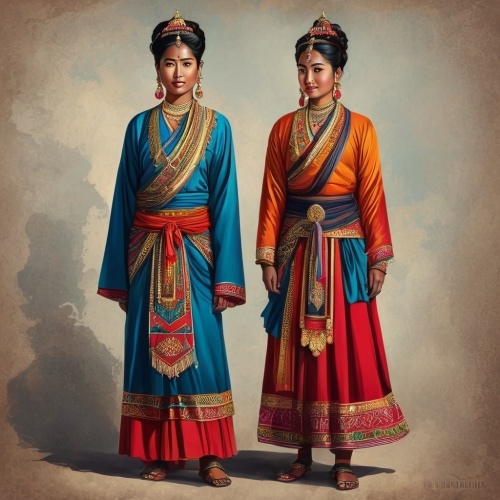
Comments
NO COMMENTS